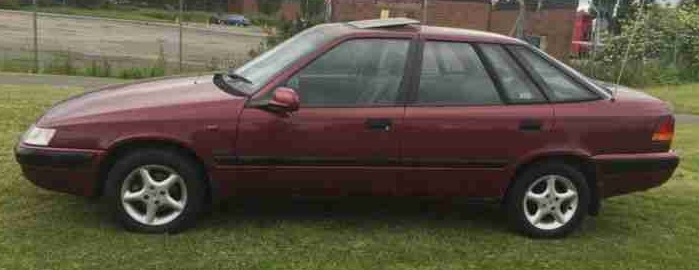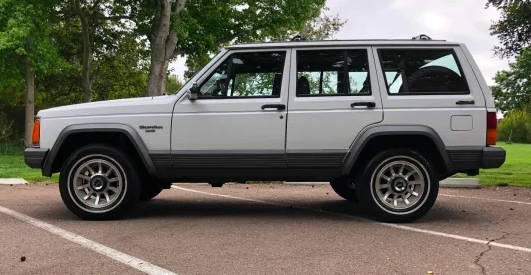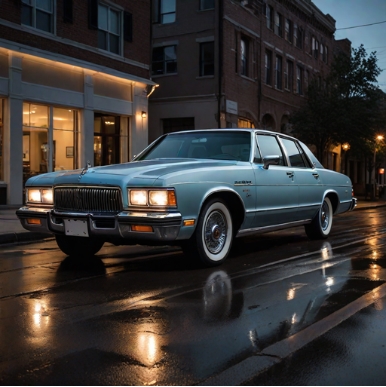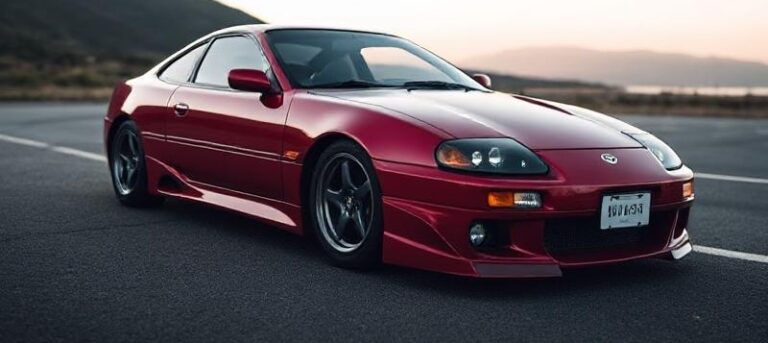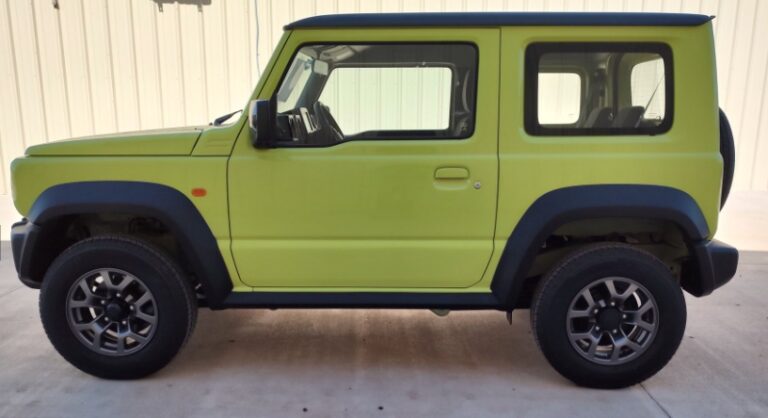The Evolution of the Daewoo Espero
The Daewoo Espero stands as a significant chapter in South Korea’s automotive history, representing the country’s burgeoning automotive industry during the late 20th century. Launched as Daewoo’s first mid-size sedan, the Espero played a key role in establishing the brand’s presence in international markets, particularly in Europe and Latin America. This article explores the full lifecycle of the Daewoo Espero, detailing its production timeline, model variations, and trim levels.
Origins and Introduction (Late 1980s – Early 1990s)
Development Background
In the late 1980s, Daewoo Motors sought to expand its product lineup with a competitive mid-size sedan that could appeal to a broad customer base. Recognizing the need for an affordable yet modern vehicle, Daewoo collaborated with various engineering partners to develop the Espero, which was based on an existing platform from Opel, a subsidiary of General Motors.
Launch Year
The Daewoo Espero was officially introduced in 1990, marking Daewoo’s entry into the mid-size sedan segment. It was designed to rival established models such as the Hyundai Sonata, Honda Accord, and Toyota Camry, offering a combination of affordability, practicality, and European styling cues.
Production Timeline (1990–1997)
The Daewoo Espero was produced over a span of approximately seven years, with manufacturing primarily based in South Korea at the Daewoo plant in Bupyeong. Its production period can be divided into successive model updates and regional variations.
- Initial Launch (1990): Introduction of the first-generation Espero
- Facelift and Updates (Mid-1990s): Minor styling and feature updates
- Discontinuation (1997): End of Espero production, replaced by newer models like the Daewoo Leganza
First Generation (1990–1997)
Design and Engineering
The original Espero featured a front-engine, front-wheel-drive layout, with a focus on simplicity and value. Its design was characterized by a conservative, aerodynamic shape, influenced by contemporary European sedans. The platform was derived from Opel models, which contributed to its reliable and well-understood chassis dynamics.
Engine Options
Throughout its production, the Espero was equipped with a range of gasoline engines, primarily sourced from GM’s engine lineup:
- 1.5-liter SOHC I4 engine
- 1.6-liter SOHC I4 engine
- 1.8-liter DOHC I4 engine (later models)
- 2.0-liter SOHC I4 engine (in some markets)
The engines were mated to manual or automatic transmissions, with the 5-speed manual being the most common.
Models and Trim Levels (1990–1997)
Daewoo offered several trim levels throughout the Espero’s lifecycle, tailored to different markets and customer preferences.
Early Models (1990–1993)
- Base: Equipped with the 1.5-liter engine, manual transmission, basic interior, and minimal features.
- GL: Added features such as power steering, upgraded interior materials, and improved upholstery.
- GLX: Top-tier trim with the 1.8-liter engine, alloy wheels, air conditioning, power windows, and additional comfort and convenience features.
Mid-Cycle Refresh (1994–1996)
In 1994, Daewoo introduced a facelift for the Espero, which included styling updates, interior improvements, and additional features.
- Standard: Continued with basic features, now with minor exterior revisions.
- CDX: Introduced with a 1.8 or 2.0-liter engine, enhanced audio systems, and upgraded interior trim.
- Elegance: A more luxurious trim level, featuring better seats, new instrumentation, and sometimes leather accents.
Special Editions and Market Variations
In certain markets, especially Latin America and Eastern Europe, Daewoo offered special editions with unique badges or equipment packages, aiming to boost appeal. These included:
- Sport editions: Featuring sportier styling cues and sometimes engine tuning.
- Luxury variants: With additional comfort features like power seats and premium audio.
Technical and Mechanical Evolution
While the core platform remained largely unchanged, Daewoo made incremental improvements during the Espero’s lifecycle:
- Suspension: Upgrades to improve ride comfort and handling.
- Braking: Introduction of disc brakes at the front and rear in higher trims.
- Safety features: Limited initially, with some markets receiving optional seat belts and basic safety equipment.
Regional Variations
Daewoo Espero was marketed in diverse regions, including Europe, Latin America, and parts of Asia. Each region had specific models or trim levels tailored to local preferences and regulatory standards.
- Europe: Focused on compact, economical trims with emphasis on fuel efficiency.
- Latin America: Often included more comfort features and sometimes larger engines to meet local needs.
- Asia: Offered basic trims for domestic markets, with some models equipped with local-specific features.
.
THIS might be a great place to get your new car from!
Or for those who are into the “car flipping” business, here’s an excellent resource for you!

.
Discontinuation and Legacy (Post-1997)
By 1997, the Espero’s aging platform and increasing competition prompted Daewoo to phase out the model. It was succeeded by more modern designs such as the Daewoo Leganza, which incorporated updated styling, safety features, and more advanced engineering.
Despite its relatively short production run, the Espero remains a notable vehicle in Daewoo’s history, representing the brand’s efforts to establish itself globally. Its affordability and straightforward design made it a popular choice among budget-conscious consumers, especially in developing markets.
Summary
The Daewoo Espero’s lifecycle spanned from 1990 to 1997, during which it underwent several updates, trim level variations, and regional adaptations. Introduced as Daewoo’s first mid-size sedan, it was built on a platform derived from Opel, offering reliable, economical transportation. The model’s trim levels ranged from basic to luxury, with features evolving over its production period to meet market demands.
While it was eventually replaced by more modern models, the Espero left a lasting impression as a pioneer in Daewoo’s lineup, reflecting South Korea’s burgeoning automobile industry and the global expansion of Korean automakers during the 1990s.
